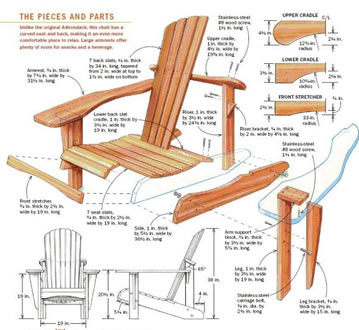Like most crafts, woodworking comes with its list of dos and don’t to ensure woodworkers stay safe while creating. Some of the ‘dos’ such as keeping a clean workspace, ensuring items with sharp edges are correctly stored, and making use of safety equipment are recommendations to always follow. Here is a list of some bad woodworking practices to avoid.
On the other hand, there are some recommendations which do more harm than good. Thus, it is important for aspiring woodworkers and hobbyists to know these practices because they ensure the safety of woodworkers and enhance productivity. This is why today’s post has been dedicated to the woodworking practices you must avoid.

Bad Woodworking Practices to Avoid
The answers here cut across safety issues woodworkers overlook and ensure you produce your best work with ease. The practices to avoid include:
Using only overhead lighting
Many woodworkers believe that the traditional rooftop or ceiling light fixture that comes with most spaces is enough to light up their work. This is not so as the woodworking process produces shavings, dust clouds, and sawdust which can hamper your vision.

Thus, for a safe woodworking environment, ensure every nook and cranny of your workspace is illuminated. The importance of light is one reason why many power tools now incorporate LED lighting to light up workbenches. So, when setting up your workspace ensure desktop lighting and standing lamps are added to light it up.
Making use of multiple extension cords
Power tools either need their batteries charged or rely on electricity as a power source. So, it makes sense that every power tool a woodworker purchase comes with its cord which will need to be plugged into a power source. Some woodworkers deal with the need to provide power for multiple power tools by making use of multiple extension cords.

This common practice is a safety issue that many woodworkers overlook. The availability of multiple extension cords provides multiple sources that can trip you. It is advisable to use only one extension cord with many plug holes. You can take things a step further by ensuring that you limit the number of charging cables attached to power tools or extension cords when and where possible.
Removing cut-offs by hand
Impulse is a powerful thing and when it comes to removing cut-offs, many woodworkers follow their natural inclination instead of thinking things through. This Impulse has led many to emergency hospital units because moving blades end up cutting through the outstretched hand.
Another factor to consider is the fact that machines and tools sometimes malfunction. This unforeseen occurrence combined with removing cut-offs by hand could be harmful to a woodworker. The removal of cut-offs with sticks should also be avoided as involuntary machine movement could spin the stick to vulnerable body parts. Thus, the recommended removal process should be stopping the machine, setting its tool head aside before removing cut-offs.
Woodworking under the influence
There are few things that are done correctly when under the influence of alcohol or prescription medicine and woodworking is definitely not one of them. Working under the influence of anything impairs your judgment and leaves you vulnerable to making poor decisions that could harm you.

Safety legislation from governmental agencies also highlights the importance of being in the right frame of mind when woodworking. With the right frame of mind, you will make accurate decisions and remember the safety tips you were taught, as well as, the ones you’re currently reading.
Overlooking some safety guidelines
The use of safety equipment and protective clothing is one recommendation every woodworker takes to heart. This is why the average woodworker is seen spotting safety goggles and gloves when working from the workshop. While this is commendable, woodworkers overlook the importance of using hearing protection.
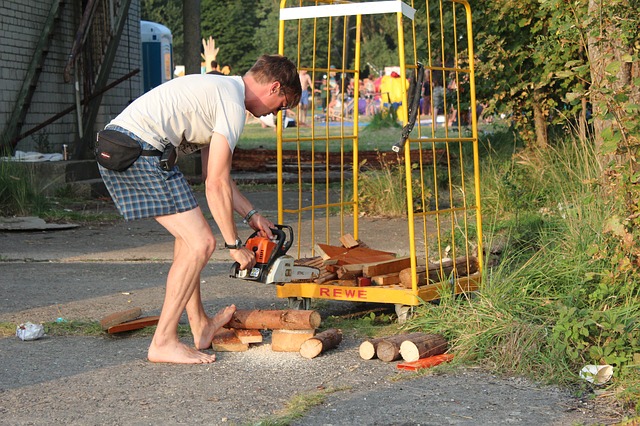
The use of hearing protection is important, especially when using power tools. The noise levels woodworking produces can be excessive and this can hurt your hearing abilities overtime. The damage may not be instant like a cut to the hand but it can become considerable with time. Protective clothing should also be close-fit and free from dangling parts. This is because these items can be caught by a machine.
Making use of compressed air
Many woodworkers make use of compressed air to remove sawdust from machines and power tools or as a cleaning solution bit this should not be the case. Compressed air is delivered with pressure and this can be harmful to the user. The compressed air can force debris to the eye or scratch the skin in such a way that it injures the user.
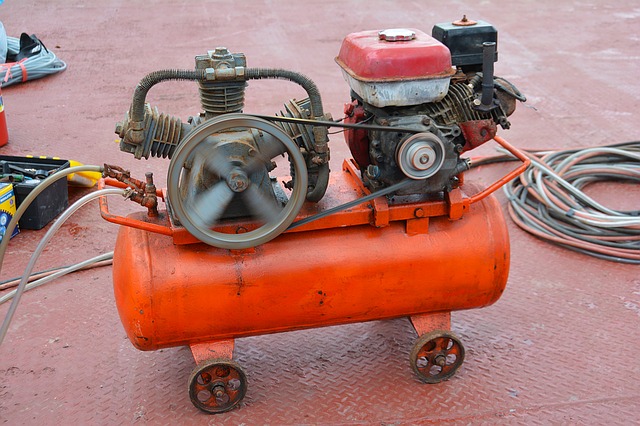
Other issues using compressed air bring up is the possibility of compressed air entering the blood stream. This can lead to serious medical issues for the user. When cleaning machines or power tools, the recommended steps to take are provided in the user manual. Follow those steps and avoid using compressed air to clean your machines or tools.
Changing blades without disconnecting machines
The rush to get work done has led many a woodworker making the mistake of changing blades while machines and power tools are still plugged in. In many cases, this erroneous practice occurs without incidents but other accidents have occurred.

This is due to the inherent erratic nature of machines and their ability to malfunction. Changing blades while a machine is plugged on can lead to serious injuries. Thus, even though you have been getting away with it for a while, it is recommended that you disconnect power tools and machines before changing blades or any item within them.
Cutting without inspecting wood
Cutting wood without inspecting it for nails, screws or other items is one more practice woodworkers do due to the need to finish jobs on time. This is because you got boards from your regular salesperson, so why should today’s wood be different from any other?
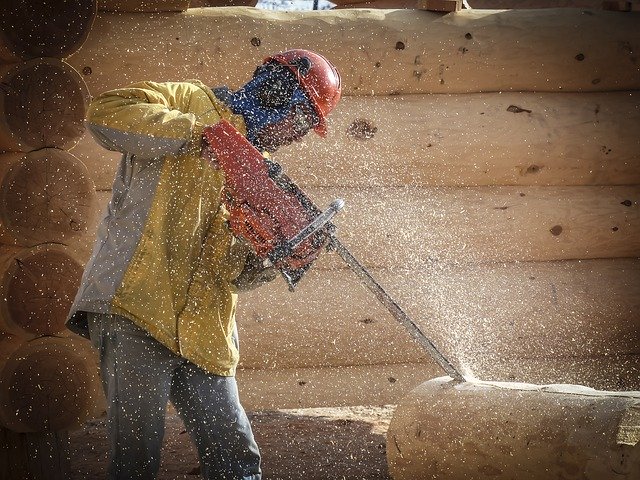
The answer to this is you can never know the true situation of the wood without inspecting it first. In a situation where an item is lodged into the wood, the item can cause the blade to deviate. The blade can deviate to your hands which would lead to serious injury. Thus, taking a few minutes to inspect your Woodstock will ensure you work in a safe and secure environment.
Do not use dull Tools
In woodworking, your tools determine how efficiently you work with wood. Ensuring blades and other pointed tools are sharpened on a regular basis will simplify your tasks. Dull cutting tools also lead to kickbacks or the workpiece ending up stuck to your blade.
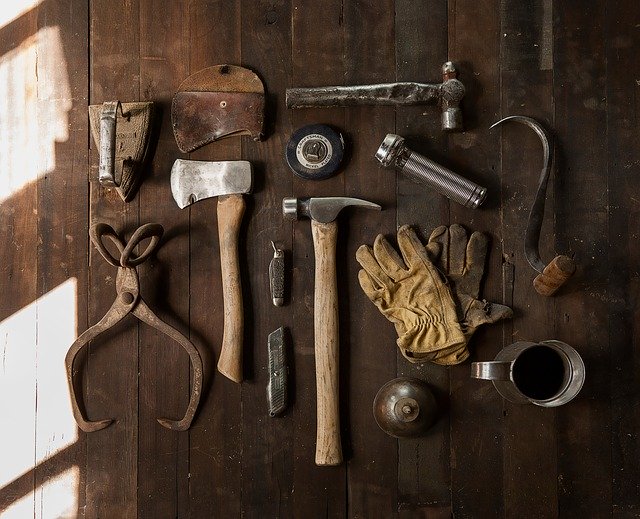
Tools should also be properly stored to slow down or eliminate corrosion and rust. A properly maintained tool is an efficient tool that speeds up your work and its quality.
Eliminate distractions
woodwork is work and the working area is a workshop. Within this area, distractions can affect the quality of your work. It can also put you at risk and if the distraction is another person, it also puts them at risk. Thus, dedicating your workshop regardless of its size to woodworking ensures the entire process is safe for the woodworker.

Conclusion
In professional woodworking shops, safety policies and regulations that limit the risks of woodworking are provided but this isn’t so for DIY woodworkers. Hobbyists and enthusiasts alike are responsible for their safety. This is why we provide tips like this to help you with developing your safety regulations which will also enhance the quality of your work.
